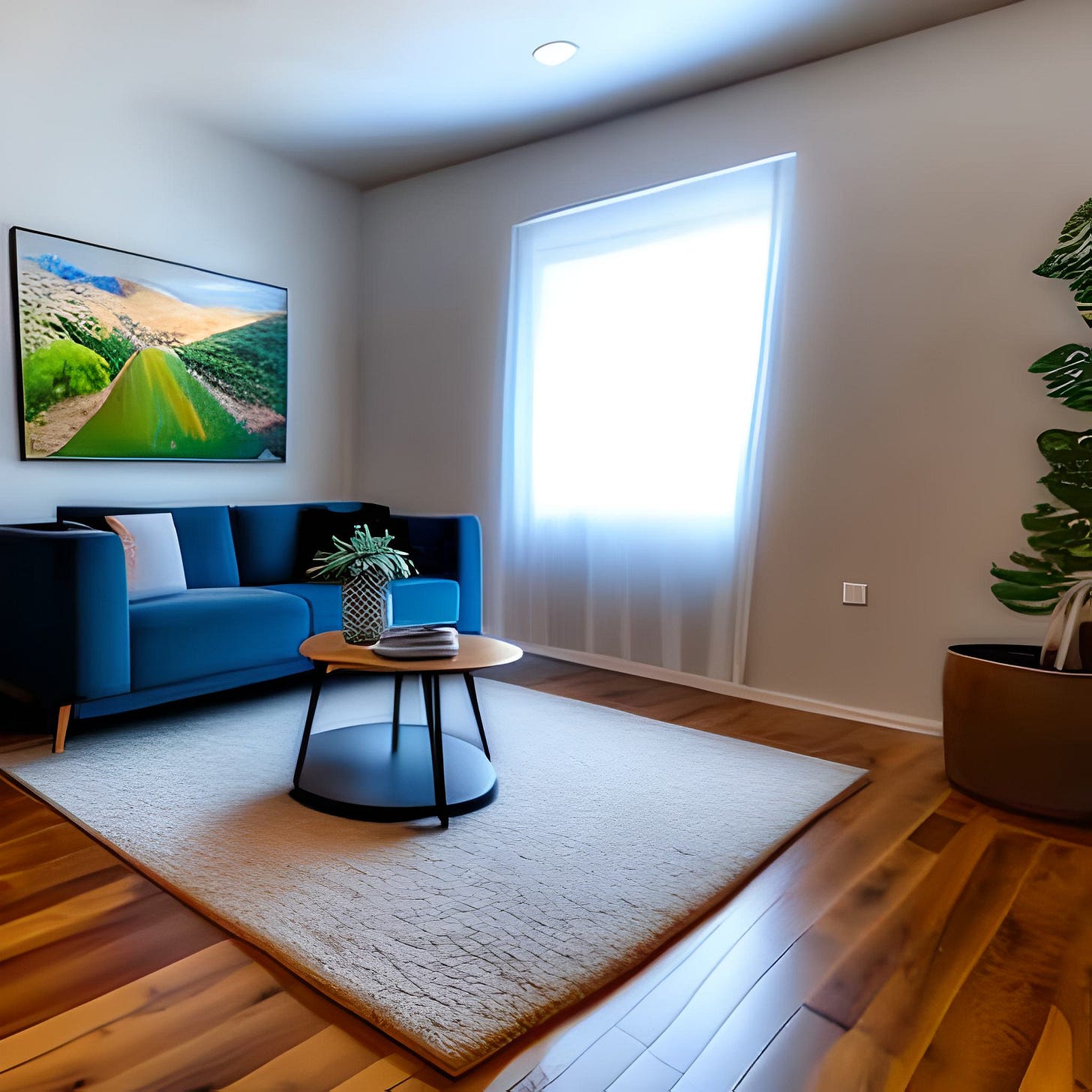How to Build an AR App for Wearable Technology: A Step-by-Step Tutorial
Day 51 "Explore the Basics and Benefits of AR and Wearable Technology Development, and Learn How to Create Your Own AR App for Wearables"
Augmented Reality (AR) and wearable technology have become increasingly popular in recent years, and their combination has opened up new possibilities for the creation of innovative applications. In this article, we will explore how AR can be integrated into wearable technology, the benefits of doing so, and provide a step-by-step tutorial on how to build an AR app for wearable technology.
Basics of AR and Wearable Technology:
AR is a technology that overlays digital content onto the real world, enhancing the user's perception of the environment. Wearable technology, on the other hand, refers to devices that can be worn on the body, such as smartwatches, fitness trackers, and AR glasses. The combination of AR and wearable technology can provide users with a seamless and hands-free experience, allowing them to interact with digital content without being distracted from their surroundings.
Benefits of AR and Wearable Technology:
The integration of AR into wearable technology can provide several benefits, such as:
Hands-free interaction: Wearable devices such as AR glasses allow users to interact with digital content without using their hands, providing a more immersive experience.
Real-time information: AR can provide users with real-time information about their surroundings, such as product information, directions, and translation.
Enhanced productivity: Wearable devices with AR capabilities can enhance productivity by providing users with information and tools to complete tasks quickly and efficiently.
Step-by-Step Tutorial on Building an AR App for Wearable Technology:
Step 1: Define the App's Purpose and User Experience:
The first step in building an AR app for wearable technology is to define the app's purpose and user experience. This involves understanding the target audience and their needs, defining the app's functionality and features, and creating a user flow that is intuitive and easy to use.
Step 2: Choose the AR Development Platform:
The next step is to choose the AR development platform that you will use to build the app. There are several AR development platforms available, such as ARKit, ARCore, and Vuforia. Each platform has its strengths and weaknesses, and it's essential to choose the one that best fits your app's requirements.
Step 3: Create a Prototype:
Once you have chosen the AR development platform, the next step is to create a prototype of the app. This involves creating a simple version of the app that allows you to test the app's functionality and user experience. This step is crucial to identify any issues early on and make changes before moving to the development phase.
Step 4: Develop the AR App:
Once the prototype is complete, it's time to move to the development phase. This involves coding the app, integrating the AR features, and testing the app on different wearable devices. It's essential to ensure that the app works correctly on different devices and operating systems.
Step 5: Testing and Refining the AR App:
After the AR features are integrated, it's time to test and refine the app. This step involves gathering feedback from users and making changes based on their feedback. It's essential to test the app in different environments and under different lighting conditions to ensure that it works correctly.
Step 6: Launching the AR App:
After refining the AR app, it's time to launch it in the market. You can launch the app on different platforms, such as the App Store and Google Play Store. It's crucial to market the app effectively to reach your target audience and generate downloads.
Development around the World:
AR and wearable technology are being used in various industries, such as healthcare, education, and retail. For example, AR glasses are being used in healthcare to assist surgeons during operations, providing them with real-time information about the patient's condition. In education, AR is being used to create immersive learning experiences, allowing students to interact with digital content and gain a deeper understanding of the subject. In retail, AR is being used to provide customers with a more interactive shopping experience, allowing them to try on virtual clothing or visualize furniture in their homes before making a purchase.
In terms of development, there are several companies and startups working on AR and wearable technology applications. For example, Microsoft has developed the HoloLens, an AR headset that allows users to interact with digital content in a real-world environment. Another example is Magic Leap, which has developed an AR platform that uses spatial computing to create immersive experiences.
Conclusion:
AR and wearable technology have the potential to revolutionize the way we interact with digital content. The combination of these technologies can provide users with a seamless and hands-free experience, allowing them to interact with digital content without being distracted from their surroundings. Building an AR app for wearable technology requires a clear understanding of the app's purpose and user experience, as well as choosing the right AR development platform and testing the app under different conditions. As AR and wearable technology continue to evolve, we can expect to see more innovative applications in various industries.
#AR #WearableTechnology #ARAppDevelopment #StepbyStepTutorial #AugmentedReality #AppDevelopment #WearableTech

